Here we list all the new books about women artists—from the past, and also from the present—that have come to our attention, published in the final quarter of this calendar year. Each description is drawn from the blurb on the publisher’s website. If you know of other titles that should be on this list, please let us know by comment or by email (Erika@artherstory.net).
Non-fiction
The Crowning Glory: Lavinia Fontana’s Queen of Sheba and King Solomon, with essays by Aoife Brady, Maria Canavan and Letizia Marcattili. Publisher: National Gallery of Ireland, 2021.
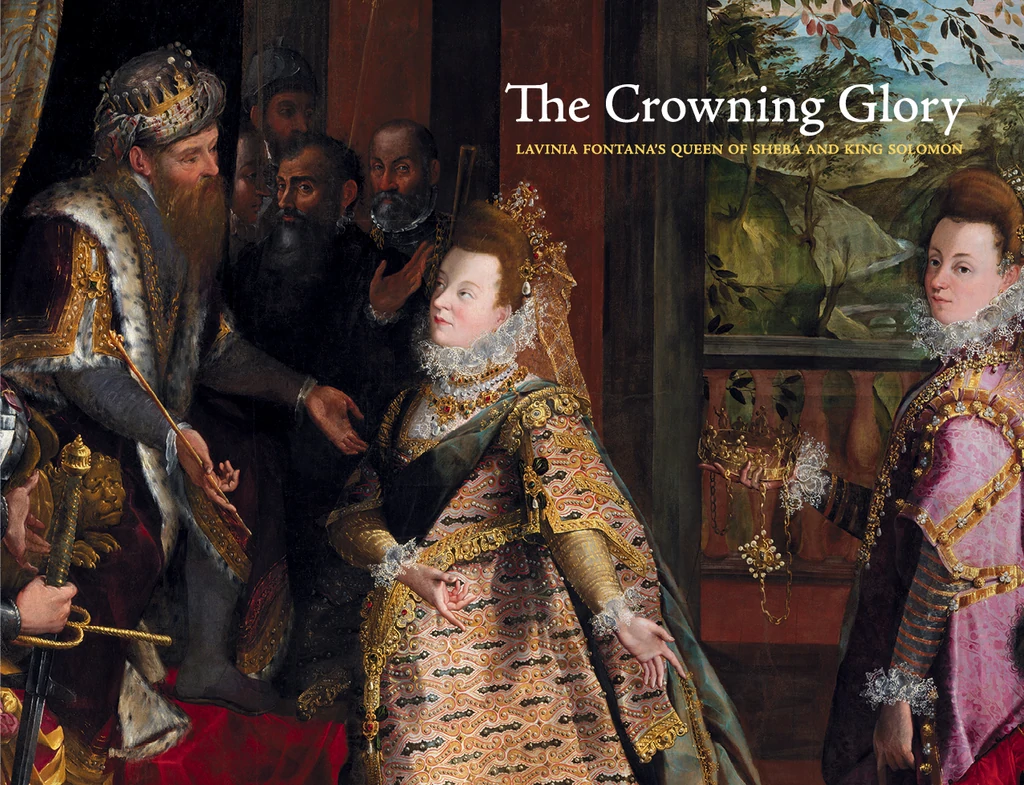
Published to celebrate the conservation of Lavinia Fontana’s monumental masterpiece, The Visit of the Queen of Sheba to King Solomon, this volume offers new insights into the life and work of a preeminent sixteenth-century Italian painter. The book investigates the identities of the figures represented in this large allegorical portrait, explores the material history of the painting and the technique of the artist, and posits new theories about the origin of the painting, supported by technical examination carried out during conservation. The research presented here adds to a growing body of knowledge on Fontana, the first professional female artist in Western Europe.
Margaret Rebecca Dickinson: A Botanical Artist of the Border Counties, by Elizabeth Towner. Publisher: Berwickshire Naturalists’ Club, 2021.
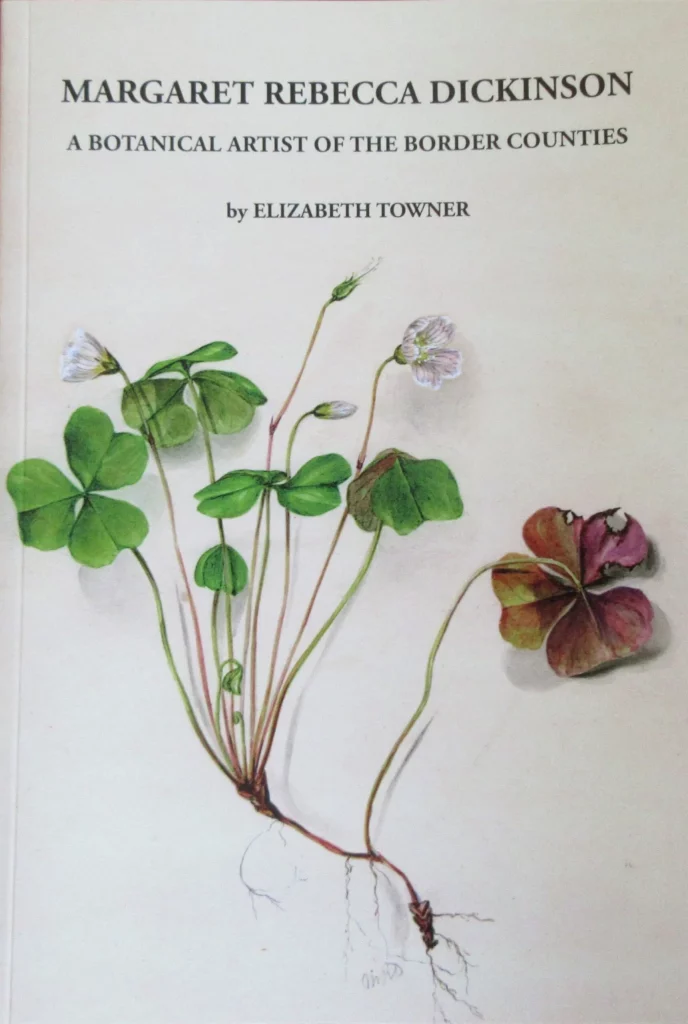
Margaret Rebecca Dickinson (1821–1918) was a talented and prolific botanical artist who received little recognition during her lifetime. Dickinson did not just concentrate on showy or beautiful or very rare specimens. Some of her works depict humble and common plants. She merits recognition today as a significant regional botanical artist and for her “remarkable life-work.” This book, published to celebrate the bicentenary of Dickinson’s birth, contains full color reproductions of her Wildflower Collection from the Natural History Society of Northumbria (Hancock) and her Album of Narcissus from the Royal Horticultural Society’s Lindley Collections.
Dickinson’s complete oeuvre of more than 450 paintings is now digitized and viewable online!
Sisters in Art: The Biography of Margaret, Esther, and Helen Bruton, by Wendy Van Wyck Good. Publisher: West Martin Press, 2021.

Educated at art schools in New York and Paris, the Brutons ran in elite artistic circles. Their contemporaries described the sisters as geniuses, for they were bold experimenters who excelled in a wide variety of mediums and styles, each eventually finding a specialization that expressed her best. Margaret turned to oil paintings, watercolors, and terrazzo tabletops. Esther became known for her murals, etchings, fashion illustrations, and decorative screens. And Helen lost herself in large-scale mosaics. Although celebrated for their achievements during the 1920s and 1930s, the Brutons cared little about fame, failing to promote themselves or their work. Over time, the “famous Bruton sisters” and their impressive art careers were nearly forgotten. Now for the first time, Sisters in Art reveals the contributions of Margaret, Esther, and Helen Bruton as their works continue to inspire and find new appreciation today.
Greta Magnusson Grossman: Modern Design from Sweden to California, by Harriet Harriss and Naomi House. Publisher: Lund Humphries, 2021.
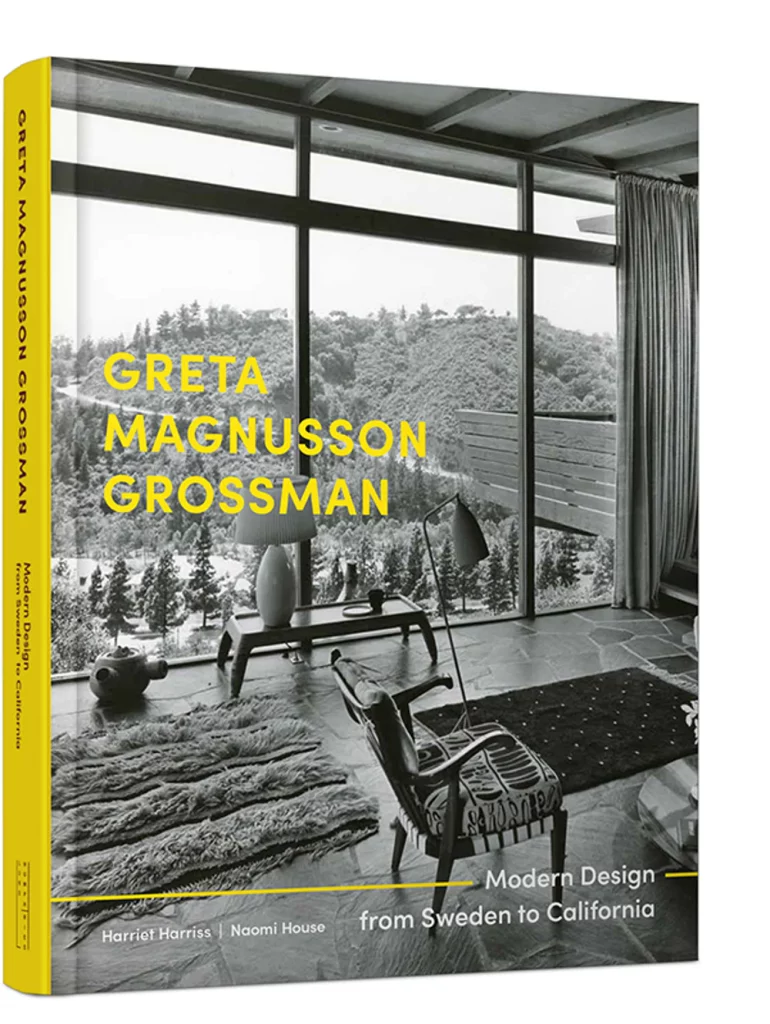
Greta Magnusson Grossman (1906–1999) was the ultimate polymath—an industrial designer, interior designer and architect. While she is remembered for her work as a product and lighting designer, her work as an interior designer has been almost entirely overlooked. This book positions her contribution to interior design in relation to the canon of the genres to which she contributed, her discipline and the emerging canon of women designers, while considering her enduring legacy upon the world of design today.
Ellen Gallagher, by Caoimhín Mac Giolla Léith. Publisher: Lund Humphries, 2021.
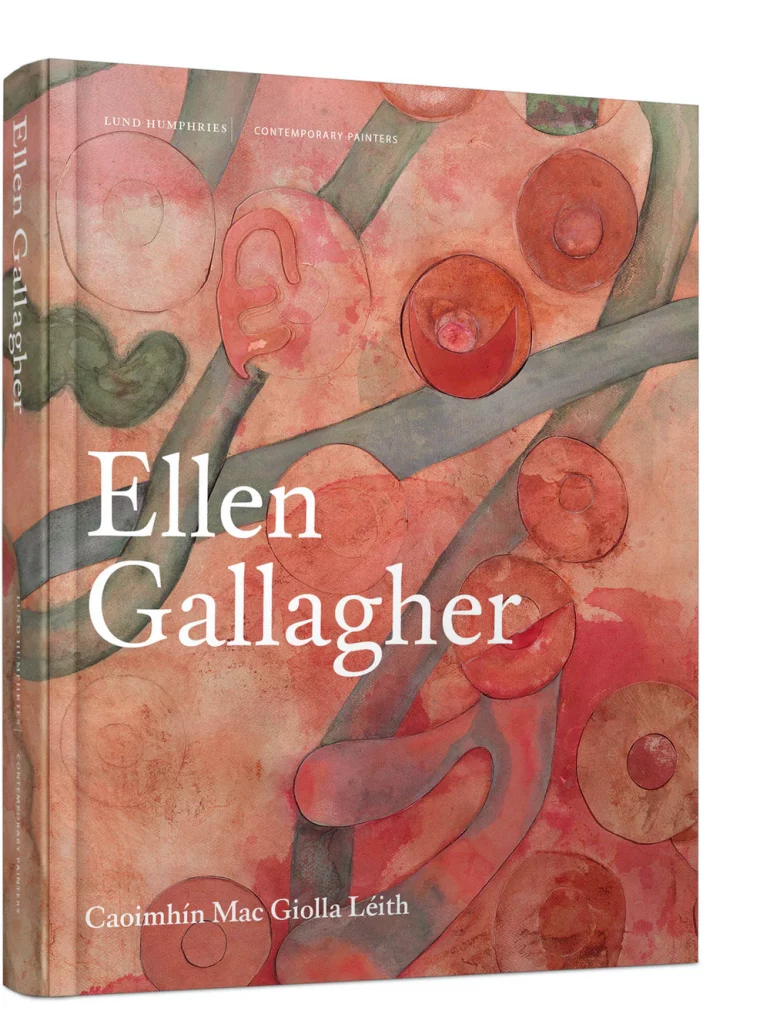
Ellen Gallagher is the first monograph to provide a comprehensive overview of the career of the American artist. Caoimhín Mac Giolla Léith unpacks the complexities of her richly layered paintings, examining themes such as identity, race, displacement and the ecological environment. The author takes the reader from Gallagher’s early years through her engagement, from the late 1990s on, with the inherited modernist forms of the monochrome and the grid. The study touches on her phantasmagoric explorations of oceanic life, which draw on the discoveries of natural science, the traumatic history of the Atlantic slave trade and the speculative fictions of Afrofuturism.
Unravelling Women’s Art: Creators, Rebels & Innovators in Textile Arts, by P.L. Henderson. Publisher: Aurora Metro Books, 2021.
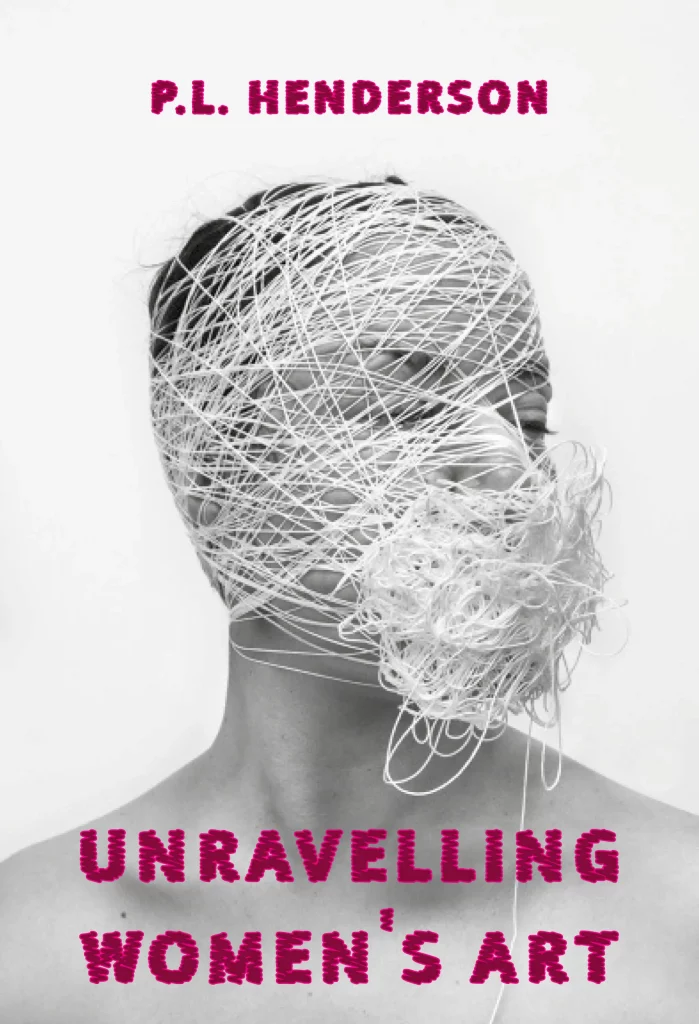
In Unravelling Women’s Art, the author unpicks the threads that link female textile artists and the arts they produce. The book reveals a global and historic patchwork of assorted roles, identities and representations. It includes over 20 interviews with contemporary textile artists, providing fascinating insights into their practices, themes and personal motivation. Entertaining as well as informative, this book offers a unique overview of female-centric textile art production including embroidery, weaving, soft sculpture and more.
Read the Mr. Stitch review of this book.
Life After the Revolution: Kate Millett’s Art Colony for Women, by Anna Conlan. Publisher: SUNY Press, 2021.
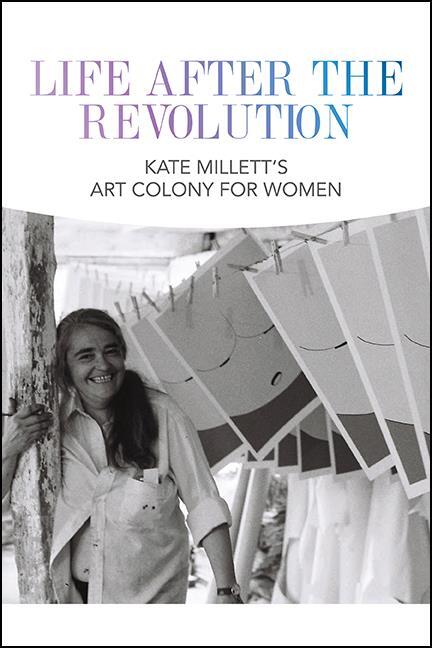
In 1970, with the advance from her book Sexual Politics, writer and visual artist Kate Millett (1934–2017) bought a run-down farmhouse on the outskirts of Poughkeepsie, New York. Originally intended as a private retreat, by 1978, in collaboration with her partner Sophie Keir, plans for a women’s art colony were underway. For over four decades Millett Farm was a dynamic haven where artists facing pervasive sexism and homophobia boldly built a space where they could create community and art together. This exhibition catalog tells the story of this inspiring venture in contemporary art and queer feminist activism with archival photographs, an essay by a former colonist Anne B. Keating, and a group conversation between founders of Millett Farm.
Woman Made: Great Women Designers, by Jane Hall. Publisher: Phaidon, 2021.
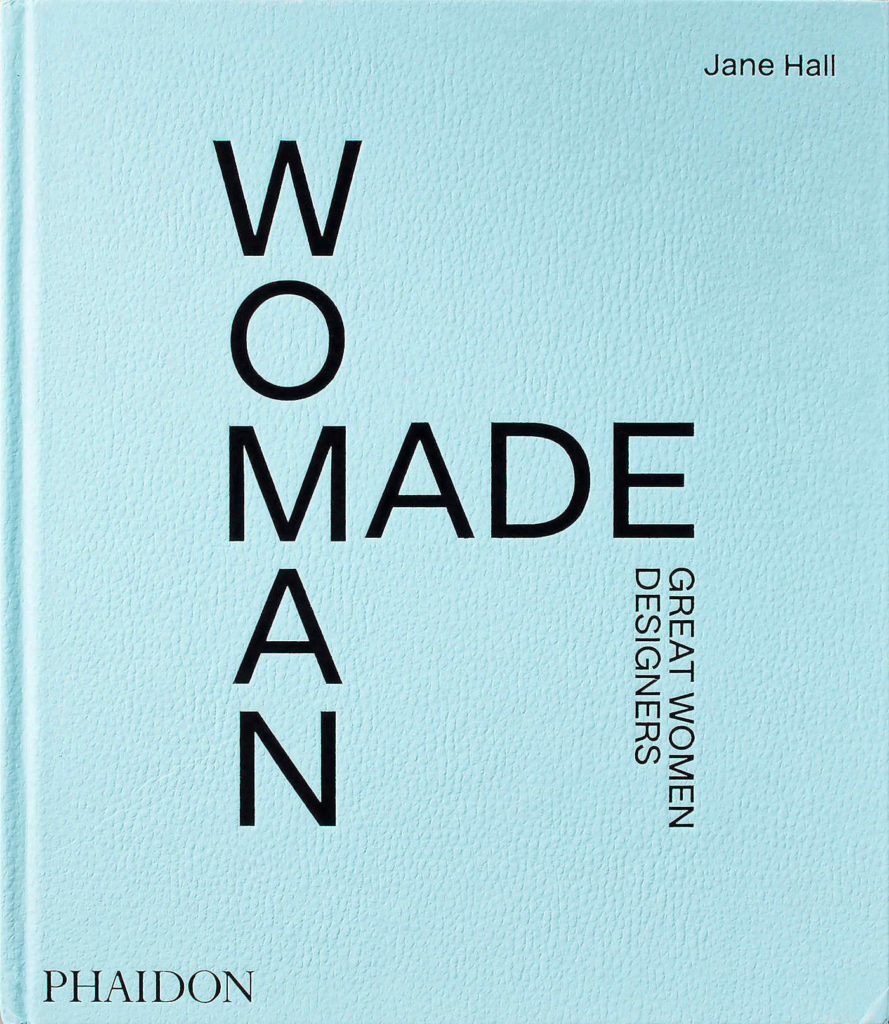
This glorious visual celebration of the most incredible and impactful design ever produced by women designers flips the script on what is historically considered a man’s world. Featuring more than 200 designers from more than 50 countries, including icons and trailblazers past and present—such as Ray Eames, Eileen Gray, Florence Knoll, Ilse Crawford, Faye Toogood, Nathalie du Pasquier—it records and illuminates the fascinating and overlooked history of women preeminent in the field. With each designer represented by a key product and short text, this A-Z survey offers a compelling primer on the best in the field of design, demonstrating that it is not—and never has been—a man’s world.
Cecilia Vicuña: Seehearing the Enlightened Failure, by Cecilia Vicuña with contributions by Valerie Fraser, Lucy R. Lippard, Miguel A. López and Tribu No. Publisher: RM/MUAC, 2021.
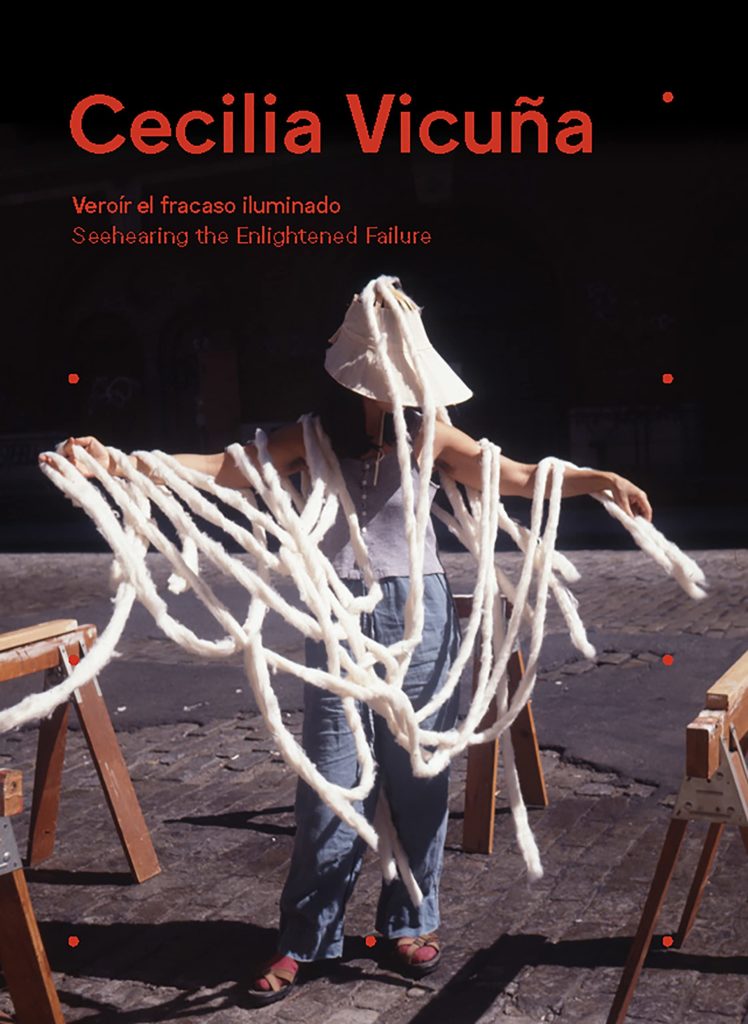
Since the 1960s, Chilean poet, visual artist and activist Cecilia Vicuña (born 1948) has brought a radical perspective to the relationship between art and politics through her writing and artistic creations. This volume—with texts by Miguel A. López, Lucy R. Lippard, Valerie Fraser and Cecilia Vicuña herself, along with a selection of photographs and representative pieces—shows Vicuña’s constant commitment to themes of eroticism, colonial legacies, liberation struggles, feminism, collective joy, indigenous thought and environmental destruction.
Exhibition catalogs
By Her Hand: Artemisia Gentileschi and Women Artists in Italy, 1500–1800, edited and with text by Eve Straussman-Pflanzer and Oliver Tostmann; with contributions by Sheila Barker, Babette Bohn, Claude Douglas Dickerson III, Jamie Gabbarelli, Hilliard Goldfarb, Lara Lea Roney, and Joaneath Spicer. Publisher: Yale University Press, 2021.

This generously illustrated volume—including a range of images, from historical subjects to portraits and still lifes—surveys a sweeping range of early modern Italian women artists, exploring their practice and paths to success within the male-dominated art world of the period. Essays and catalogue entries by an international team of distinguished art historians examine the works of Artemisia Gentileschi, Sofonisba Anguissola, Lavinia Fontana, Fede Galizia, Elisabetta Sirani, Giovanna Garzoni, Rosalba Carriera, and other less known Italian women artists. Through these works of art in diverse media—including at least oil paintings, watercolors, prints, and drawings—the authors reveal the fascinating stories of early modern Italian women artists.
Read Jesse Locker’s review of this book for The Art Newspaper.
Suzanne Valadon: Model, Painter, Rebel, edited by Nancy Ireson. Publisher: Paul Holberton Publishing, 2021.
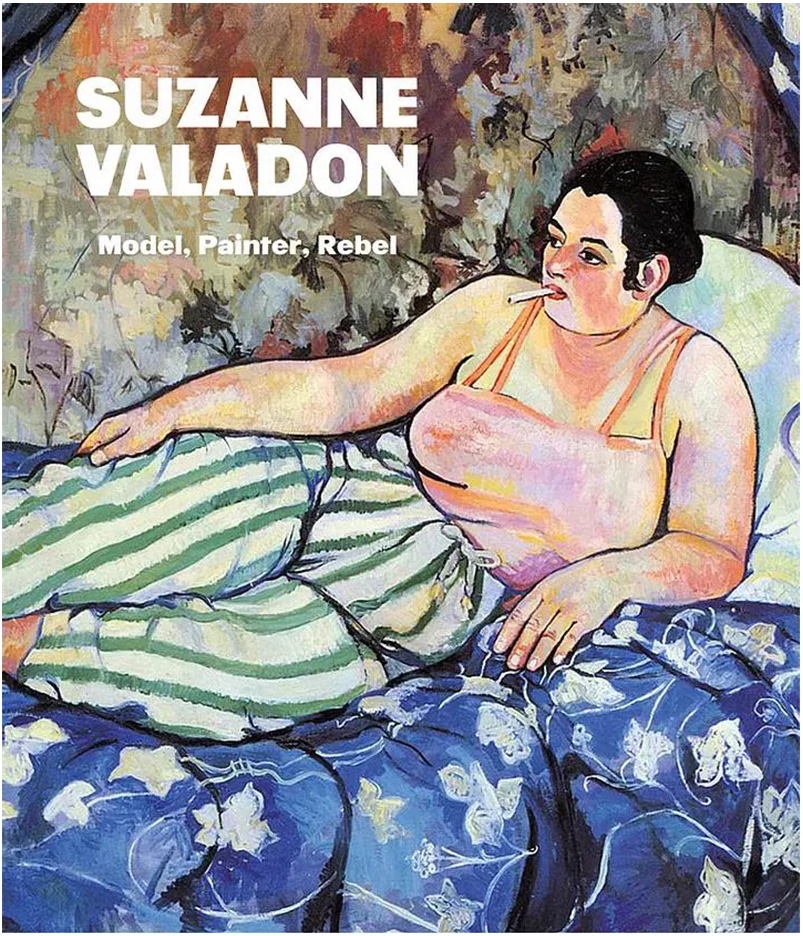
Despite the popularity and success Valadon enjoyed in her lifetime (1865–1938), her work has been neglected since her death. Suzanne Valadon: Model, Painter, Rebel reconsiders the life and legacy of the revolutionary artist. This catalogue focuses on the unique role Valadon played within the Parisian art world. Seen in the twenty-first century, Valadon’s confrontational and witty works still challenge viewers with their unapologetic presentations of women’s bodies, female desire, and the conflicts of marriage and motherhood. Always faithful to figurative representation, she refused to follow artistic trends, developing a distinctive pictorial language characterized by decisive lines and bold coloration.
Close-Up: Berthe Morisot, Mary Cassatt, Paula Modersohn-Becker, Lotte Laserstein, Frida Kahlo, Alice Neel, Marlene Dumas, Cindy Sherman, Elizabeth Peyton, edited and with text by Theodora Vischer; contributions by Tere Arcq, Andreas Beyer, Tamar Garb, Peter Geimer, Anna-Carola Krausse, Sylvie Patry, Uwe M. Schneede, Jennifer Thompson, and Hilda Trujillo. Publisher: Hatje Cantz, 2021.
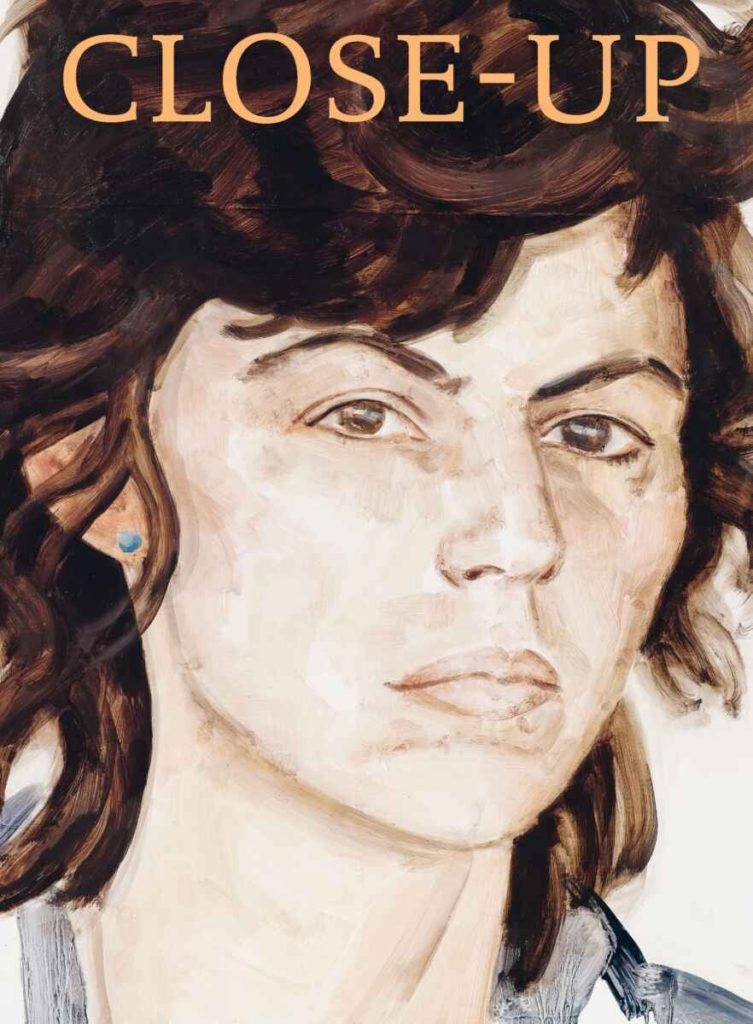
On the occasion of the major fall exhibition 2021 at Fondation Beyeler, this catalogue brings together nine women artists from Europe and America from the beginning of modernism to the present day, whose works represent an outstanding contribution to the history of the portrait. The individual view of the artists on themselves and on their surroundings in the course of time is expressed. In the catalogue, renowned authors explore the individual artists and their fascinating ways of reflecting on themselves and on others. The featured artists are Berthe Morisot, Mary Cassatt, Paula Modersohn-Becker, Lotte Laserstein, Frida Kahlo, Alice Neel, Marlene Dumas, Cindy Sherman, and Elizabeth Peyton.
On the Basis of Art: 150 Years of Women at Yale, with an introduction by Elisabeth Hodermarsky and essays by Helen A. Cooper, Linda Konheim Kramer, and Marta Kuzma. Publisher: Yale University Press, 2021.
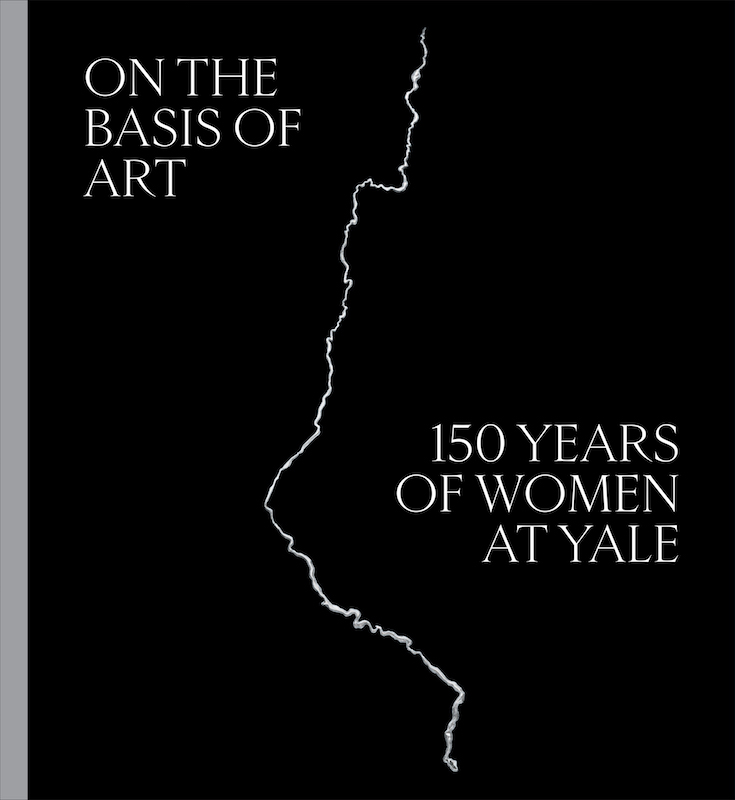
Marking the 50th anniversary of undergraduate coeducation at Yale and the 150th anniversary of the first women students at the University, this volume honors the accomplishments of women artist-graduates of Yale. More than 80 artists—including Janet Fish, Eva Hesse, Maya Lin, Sylvia Plimack Mangold, and Mickalene Thomas—are represented with works drawn from the Yale University Art Gallery. Essays and timelines detail related milestones such as the appointment of art historian Anne Coffin Hanson as the first female tenured professor on campus, and Mimi Gardner Gates as the first female director of the Gallery. Together, the texts and images celebrate the crucial role that these women have played at Yale—and in the world at large.
Uninvited: Canadian Women Artists in the Modern Moment, edited by Sarah Milroy; Foreword by A.C. Dejardin. Publisher: Figure 1 Publishing, 2021.
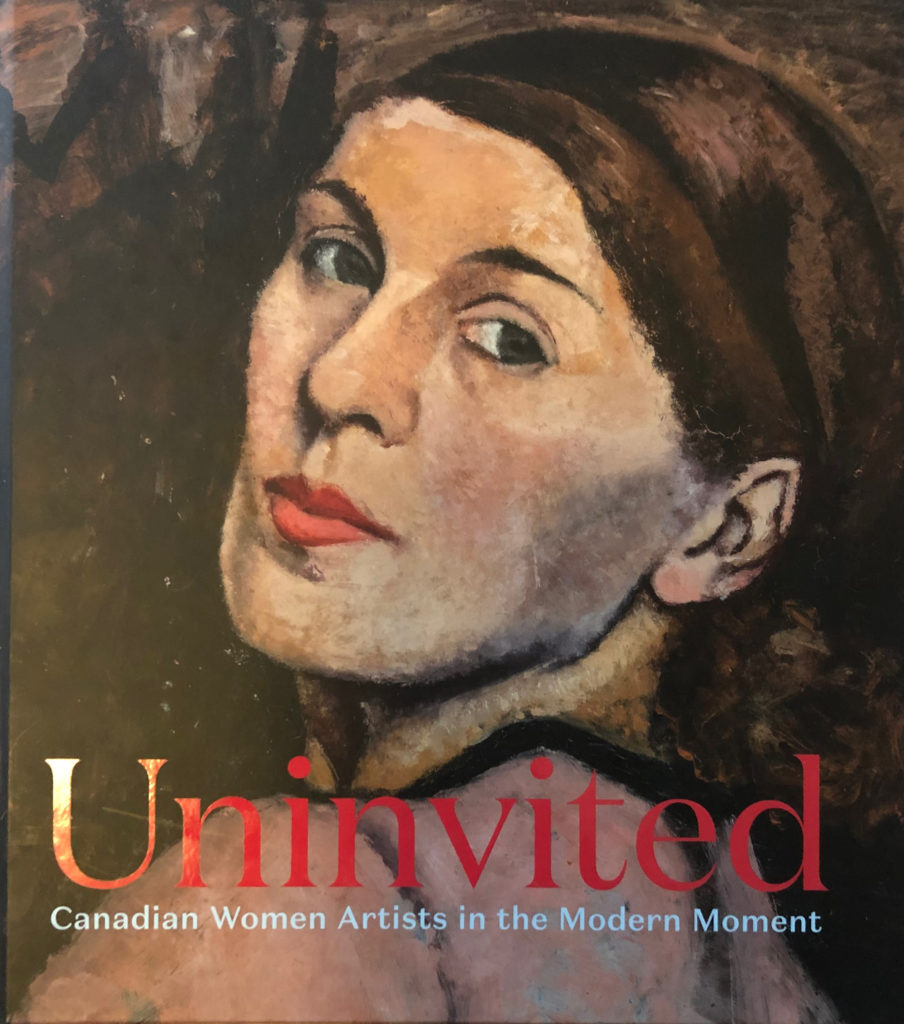
Uninvited: Canadian Women Artists in the Modern Moment is a monument to the talent of Canadian women artists in the interwar period. It provides a full and diverse cross-country survey of the art made by women during this pivotal time, incorporating the work of both settler and Indigenous visual artists in a stirring affirmation of the female creative voice. Featured artists include, but are not limited to, Emily Carr, Anne Savage, Lilias Torrance Newton, Elizabeth Wyn Wood, Attatsiaq, Margaret Watkins, Regina Seiden, Paraskeva Clark, Florence Wyle, Frances Loring and Elizabeth Katt Petrant.
Meret Oppenheim: My Exhibition: Edited with text by Nina Zimmer, Natalie Dupêcher, Anne Umland
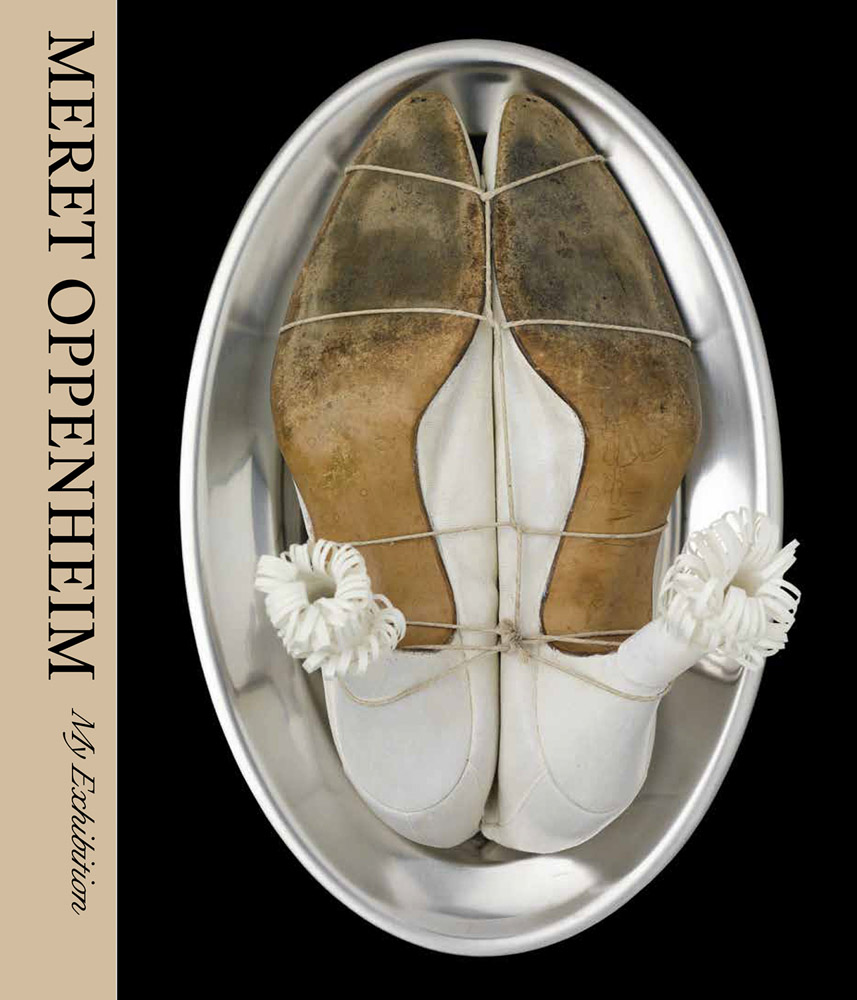
Published in conjunction with the first ever major transatlantic Meret Oppenheim retrospective, and the first in the United States in over 25 years, this publication surveys work from the radically open Swiss artist’s precocious debut in 1930s Paris, the period during which her notorious fur-lined Object in MoMA’s collection was made, through her post–World War II artistic development, which included engagements with international Pop, Nouveau Réalisme and Conceptual art, and up to her death in 1985. Essays by curators from the Kunstmuseum Bern, the Menil Collection and the Museum of Modern Art critically examine the artist’s wide-ranging, wildly imaginative body of work, and her active role in shaping the narrative of her life and art, providing the context for her creative production pre– and post–World War II.
Howardena Pindell: A New Language, with text by Anna Lovatt, Amy Tobin, Adeze Wilford and Howardena Pindell. Publisher: Fruitmarket Gallery
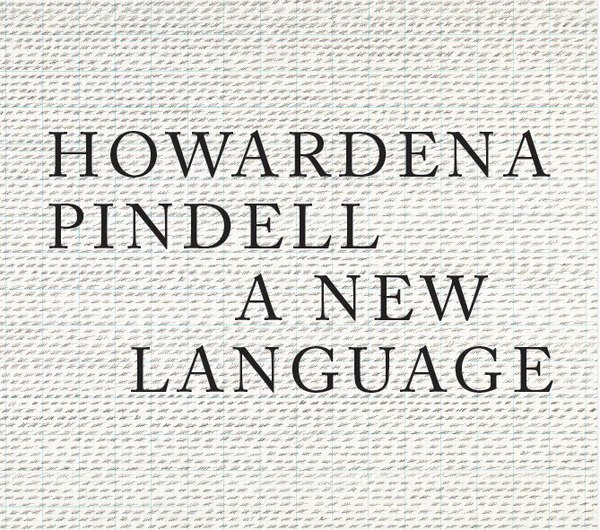
Artist, activist, writer, and teacher Howardena Pindell has been a force in contemporary art since the late 1960s. This book is a celebration and critical examination of her painting and writing and marks her first solo exhibition in the UK. It takes its title—and its cue—from her: “I am an artist. I am not part of a so-called ‘minority,’ ‘new’ or ’emerging’ or ‘a new audience.’ These are all terms used to demean, limit, and make people of color appear to be powerless. We must evolve a new language which empowers us and does not cause us to participate in our own disenfranchisement.” With illustrations of a selection of paintings from the 1970s to now; new writing from Anna Lovatt of the Southern Methodist University in Dallas, Amy Tobin of the University of Cambridge, and Adeze Wilford from The Shed in New York; and a selection of Pindell’s own writing, this book presents Pindell’s inspiring and unflinchingly active imagination, and explores her articulation of a ‘new language’ as exemplary in articulating empowerment.
Lesley Dill, Wilderness: Light Sizzles Around Me, by Figge Art Museum. Publisher: Scheidegger & Speiss, 2021.
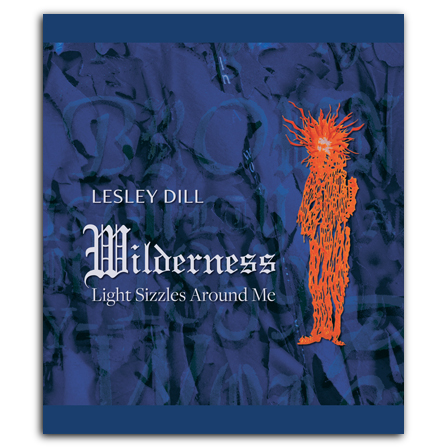
Lesley Dill (b. 1950) is an American artist working at the intersection of language and fine art, combining printmaking, sculpture, installation, and performance to explore the power of words in revealing the souls of important historical personas. Lesley Dill, Wilderness features a uniquely inspired group of sculptures and two-dimensional works more than a decade in the making. It is a testament to Dill’s ongoing investigation into the significant voices and personas of America’s past, such as Mother Ann Lee, John Brown, the Sauk war leader Mà-ka-tai-me-she-kià-kiàk (Black Hawk), Walt Whitman, Sojourner Truth, and others. For the artist, the American voice grew from early America’s obsessions with divinity and deviltry, on fears of the wilderness out there and the wilderness inside each of us, and the struggles between.
Gillian Wearing: Wearing Masks, text by Jennifer Blessing and Nat Trotman, with contributions by Gillian Wearing. Publisher: Guggenheim Museum, 2021.
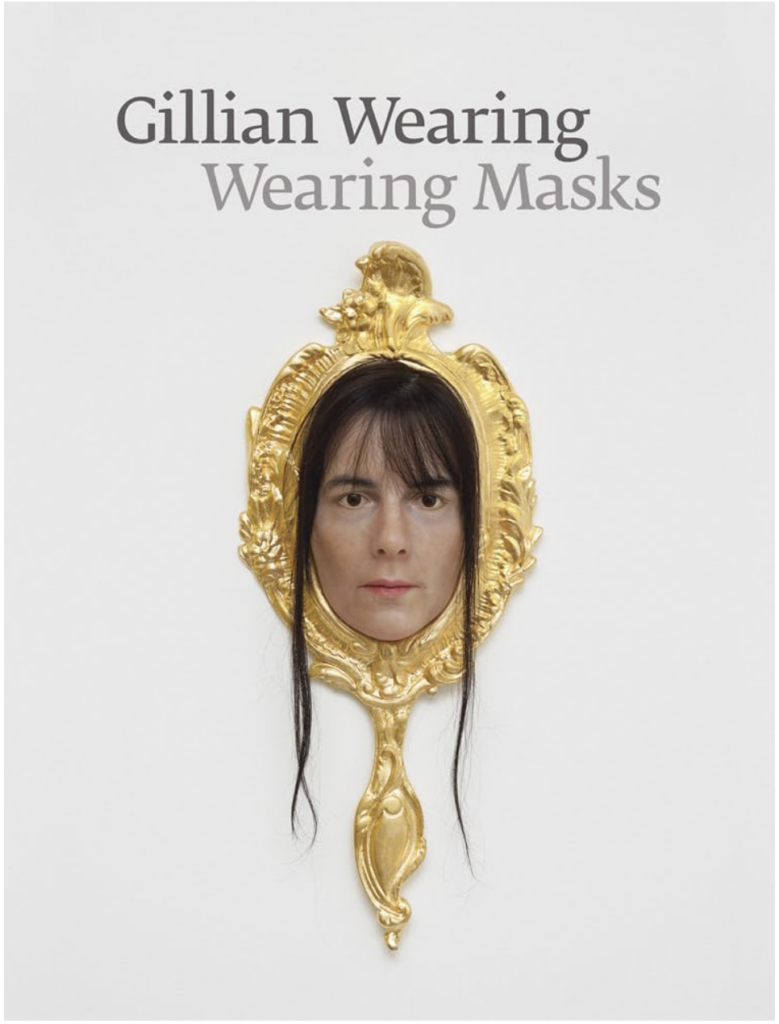
In its candor and psychological intensity, Gillian Wearing’s work extends the traditions of portraiture initiated by August Sander, Weegee, and Diane Arbus. Yet in her ongoing attention to technology’s role in the presentation of self, Wearing has presciently identified defining aspects of contemporary visual culture, from reality television to the rise of the selfie. Published for Wearing’s first North American retrospective, Gillian Wearing: Wearing Masks traces the artist’s practice from her earliest Polaroids and videos to her most recent production, including large-scale photographic self-portraits of Wearing in the guise of other artists; a more intimate body of painted self-portraits titled Lockdown; and installations and commissioned public sculpture.
Similar Art Herstory posts:
New Books about Women Artists, Q2 2022 | Apr–Jun 2022
New Books about Women Artists | Jan–March 2022
New Books About History’s Women Artists | July–Sept 2021
New Books About History’s Women Artists | Apr–Jun 2021
Art Herstory’s Women Artists Favorite Things, 2020 Edition
New Books About History’s Women Artists | Jan–March 2021
New Books About History’s Women Artists | Oct–Dec 2020
Ten Intriguing Books About Remarkable Women Artists, a guest post by Carol M. Cram




